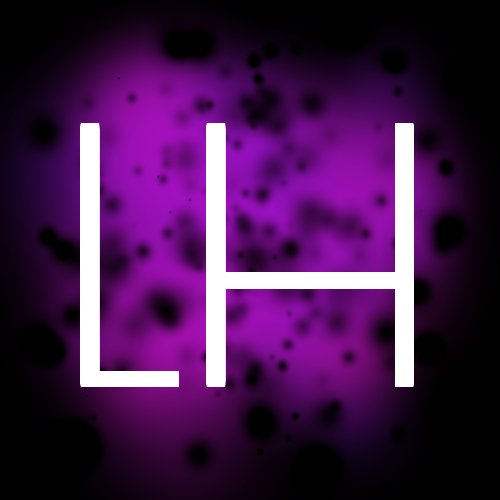9: Suggestion style intro
Suggestions are the driving force for hypnosis. Even the “truths” we talk about in our inductions are suggestive—they change the way a person thinks and pays attention. As we learned, even something as simple as suggesting someone pays attention to their body can be effective for inducing hypnosis!
But it doesn’t stop there. If suggestions are intended to draw or change someone’s focus, then their purpose is to do that in order to make certain things more accessible. We suggest bodily focus in order to make someone more aware of the subtle sensations in their body because that makes trance feelings easier to feel. But we might also be able to use that bodily focus—maybe on a specific body part—in order to get someone to feel, for example, a tingly or aroused feeling.
This is the basis for hypnosis: suggestions that lead to focus that in turn leads to openness to more suggestions. A more available, intense awareness of subtle “stuff” in the body and mind is what creates the opportunity for experiential transformation.
Like we talked about before, making really good suggestions is the core of hypnosis, and a skill that takes practice and learning. It can be overwhelming at first to sift through all sorts of material about things like “neuro-linguistic programming” and “Ericksonian suggestions.” While digging into all sorts of these concepts is an extremely rewarding process as a hypnotist, we can start off at a great place with some simple ideas.
Direct/Indirect vs Explicit/Ambiguous
There are two big principles to understand about suggestions at the start: how “direct” a suggestion is, and how “explicit” a suggestion is.
The “directness” of a suggestion is about the delivery or the “packaging.”
A “direct” suggestion sounds something like this:
“You will feel x”
“You are feeling x”
“Now, you feel x”
“Feel x now”
“You’re going to feel x”
An “indirect” suggestion sounds something like this:
“Perhaps you feel x”
“Can you imagine feeling x”
“You can feel x”
“I wonder if you might feel x”
Think of it this way: If the suggestion feels like it is pass/fail—as though either it works or it doesn’t—it’s more direct. If the suggestion feels like there is some “wiggle room,” it’s more indirect.
On the other hand, the “explicitness” of a suggestion is about the content.
An “explicit” suggestion sounds something like this:
“...feel my hands stroking you.”
“...notice my control over you.”
“...your eyes close now.”
“...imagine ropes binding you.”
An “ambiguous” suggestion sounds something like this:
“...what are you feeling between your legs?”
“...notice your thoughts shifting under my words.”
“...there’s a change in the way your eyes feel.”
“...imagine a stillness slowly sinking into your body.”
If it feels very clear what the suggestion is about, it’s more explicit. If it feels like there isn’t a singular, obvious result from the suggestion, it’s more ambiguous.
When do I use each one?
This is at least partially a matter of style, but here are some thoughts:
Indirect and/or ambiguous suggestions (generally) tend to be more effective, and especially before/at the beginning of a trance (and/or: when someone is still trying to suss out exactly what they’re feeling and how they’re responding).
Direct and/or explicit suggestions can create a really strong sense/tone of power and control, but when the subject feels like they don’t work “as expected,” it can be very disappointing and give the sense that something about the trance isn’t working.
A mix is ideal—you can try starting with an indirect/ambiguous suggestion, and then when your partner responds, say something really direct/explicit! See if you can make indirect/explicit suggestions, and direct/ambiguous suggestions too!
Here are some examples of mixing these styles:
“Now, imagine that you’re staring deep into my eyes… I wonder what that makes you feel?”
“Can you notice that shift in the muscles of your eyelids? They’re starting to close now…”
“Focus your attention on my words and notice the way your mind starts tingling as you listen.”
One of the most important parts of becoming a hypnotist is to talk in a way that feels both hypnotic and natural for you! All of the example words and phrases are simply examples—see how you might be able to say the same thing but in your own words!
